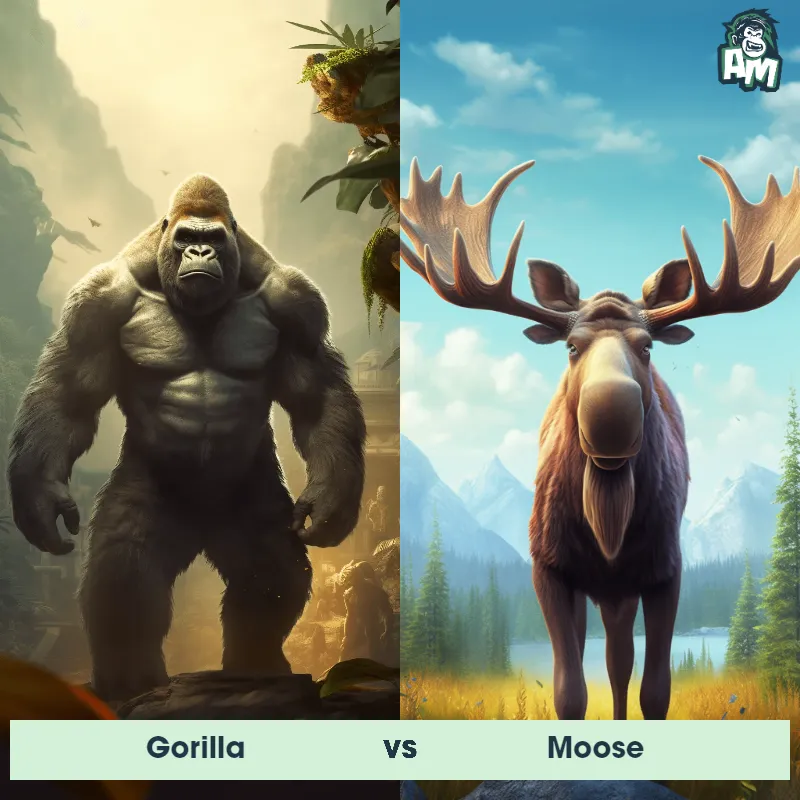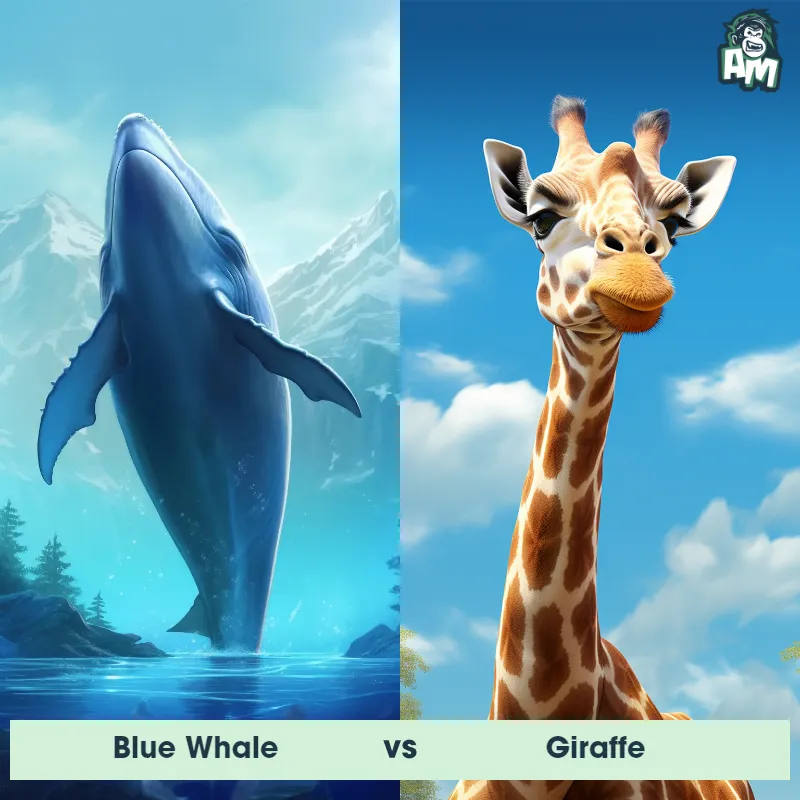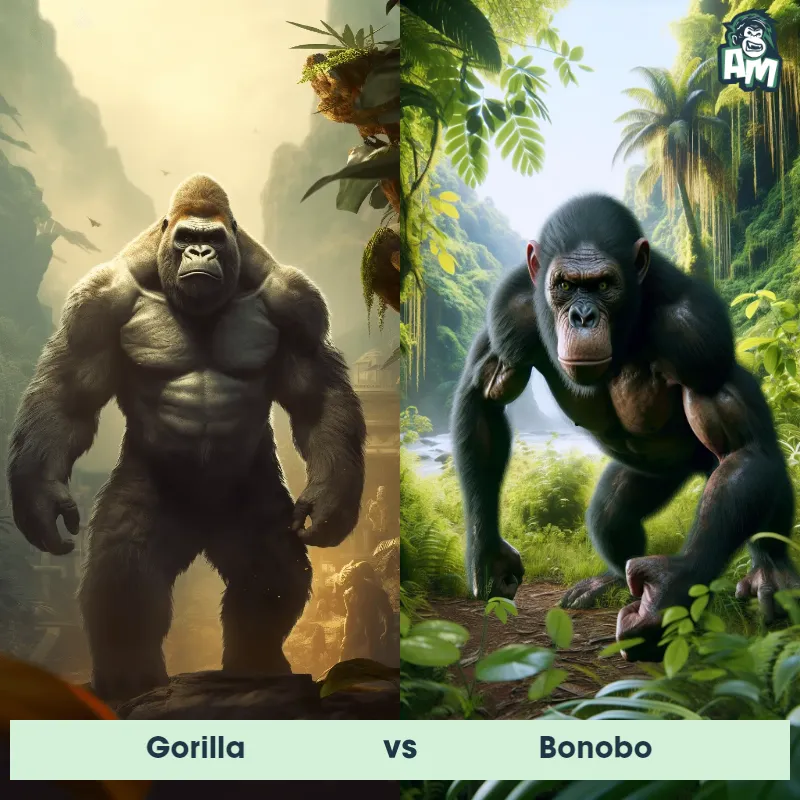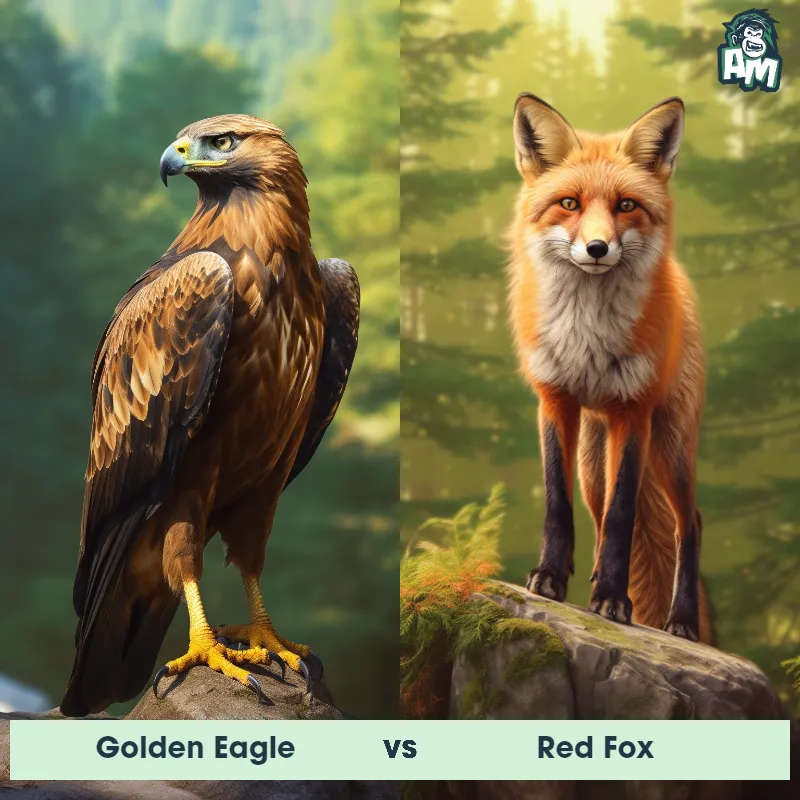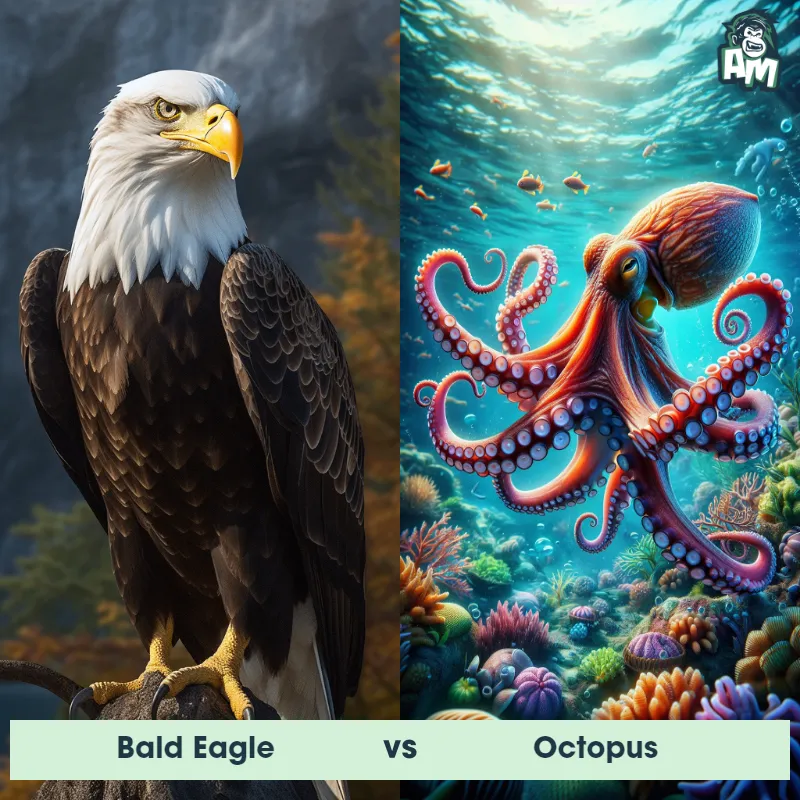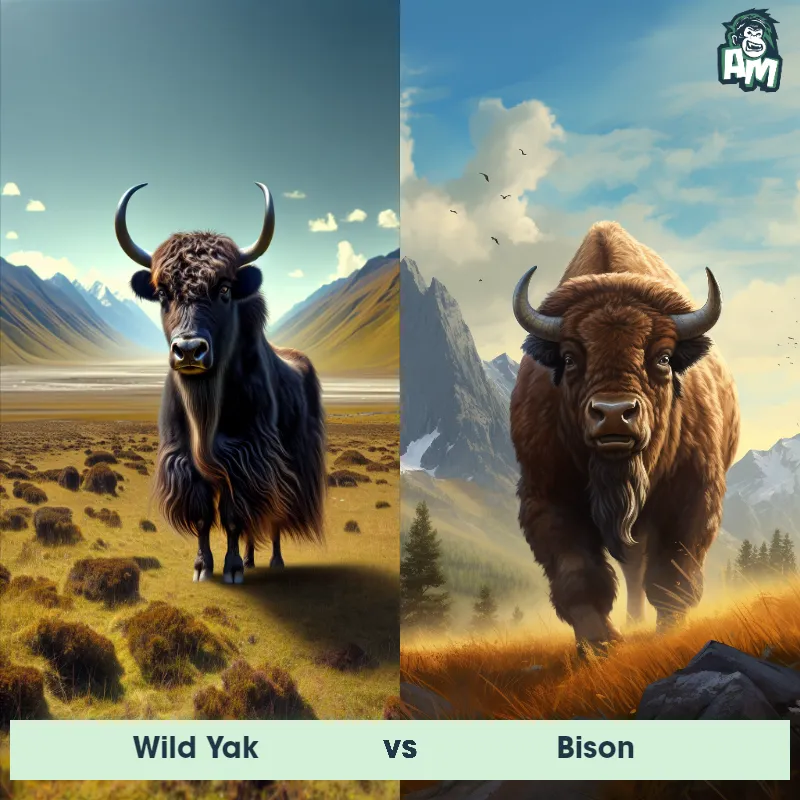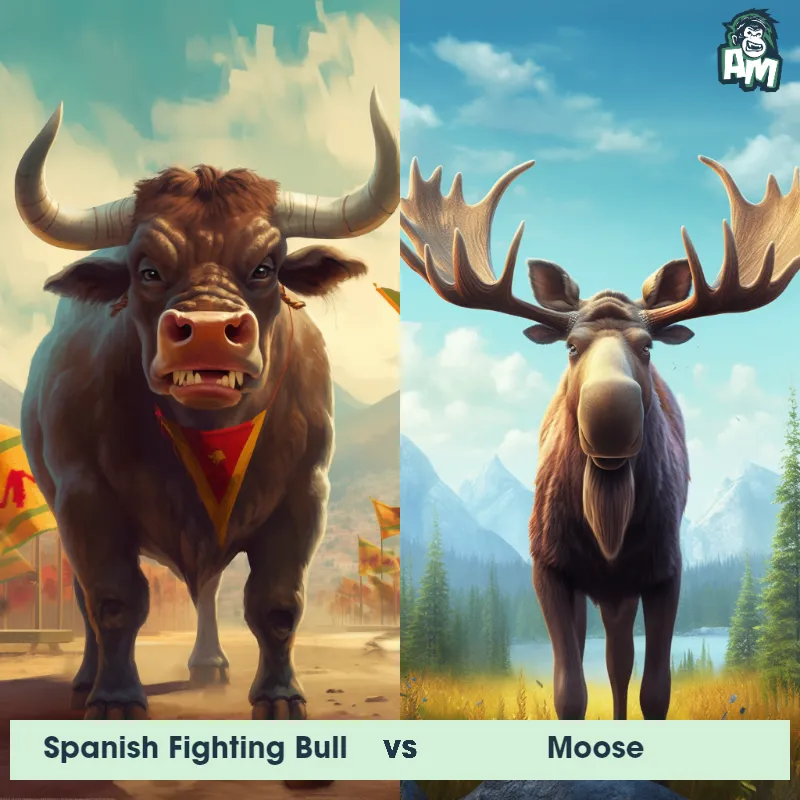Cape Buffalo vs TigerSee Who Wins

Ladies and gentlemen, welcome to this thrilling battle of raw power and untamed instincts! Today, we witness a monumental clash between a majestic tiger and a formidable cape buffalo. Both these animals are renowned for their exceptional strength and unyielding determination. It's time to raise the stakes and let the confrontation begin!
Contender 1: Cape Buffalo
The Cape Buffalo, also known as the African Buffalo, is a large and powerful bovine species found in sub-Saharan Africa. They have a stocky build, with a broad chest and powerful legs, and can weigh up to 1,000 kg. Their coat is dark brown or black, and they have large, curved horns that can span up to 1.5 meters. Cape Buffalos are known for their aggressive behavior and are considered one of the most dangerous animals in Africa.
Fun Fact: Cape Buffalos have a reputation for being one of the "Big Five" game animals, along with lions, leopards, elephants, and rhinoceroses.
Contender 2: Tiger
The Tiger is a large and powerful big cat, known for its distinct orange coat patterned with black stripes, which are unique to each individual, much like a human fingerprint. Tigers have a muscular build, a heavy head with strong jaws, and a tail that is usually about half the length of their body. The largest species of the cat family, adult male tigers can reach up to 10 feet in length and weigh up to 660 pounds. Tigers are native to various parts of Asia and are adept swimmers, unlike most members of the cat family.
Fun Fact: Tigers are apex predators and primarily consume larger mammals for food, including deer and wild boar; a hungry tiger can eat as much as 60 pounds in one night.
Matchup Stats
| Cape Buffalo | Tiger | |
|---|---|---|
| Size | Height at shoulder: 1.0-1.7 meters (3.3-5.6 feet); Length: 1.7-3.4 meters (5.6-11.2 feet) | Up to 10 feet in length (3.05 meters) |
| Weight | 500-1,000 kg (1,100-2,200 lbs) | Up to 660 pounds (300 kilograms) |
| Speed | Speed: 35 mph (56 km/hr) | 35-40mph (56-64km/h) |
| Key Strength | Powerful charge and sharp horns | Strong jaws and muscular build |
| Biggest Weakness | Poor eyesight and slow movement | Limited endurance for long chases |
Current Votes
Cape Buffalo vs Tiger
See Who Wins
View More Matches
Looking For More?
Similar Matches
Scientific Stats
| Cape Buffalo | Tiger | |
|---|---|---|
| Scientific Name | Syncerus caffer | Panthera tigris |
| Family | Bovidae | Felidae |
| Habitat | Grasslands, savannas, and forests | Forests, grasslands, and swamps |
| Geography | Sub-Saharan Africa | Asia |
| Diet | Herbivorous, feeding on grasses, leaves, and other vegetation | Carnivorous, primarily deer and wild boar |
| Lifespan | 15 years - 25 years | 15 years - 26 years |
Key Differences between Cape Buffalo and Tiger
- Shape: The Cape Buffalo has a robust and muscular body with a large, barrel-shaped chest, while the Tiger has a more sleek and agile build, with a slender body and a well-defined, athletic frame.
- Patterns: Cape Buffalos have a uniform coloration throughout their body, with no particular patterns or markings, whereas Tigers have a striking pattern of black vertical stripes extending from their head to their tail, making them easily recognizable.
- Size: The Cape Buffalo is significantly larger than the Tiger, with adult males weighing up to 1,000 kilograms (2,200 pounds) and reaching heights of 1.7 meters (5.6 feet) at the shoulder, whereas Tigers average around 300 kilograms (660 pounds) and stand at around 1 meter (3.3 feet) tall.
- Coloration: Cape Buffalos have dark brown or black coats, while Tigers have a distinct orange coat with black stripes arranged in a unique pattern, providing excellent camouflage in the grasslands and forests they inhabit.
- Horns: Cape Buffalos have distinctive, curved horns that are present in both males and females, forming a large boss or fused base, whereas Tigers lack horns altogether.
- Facial Features: Cape Buffalos have wide, elongated faces with relatively short, curved horns, while Tigers have a more defined, triangular face with a prominent nose, sharp teeth, and piercing eyes that aid in their hunting capabilities.





